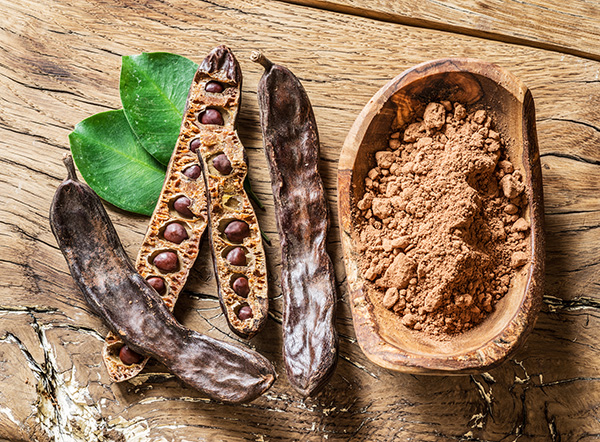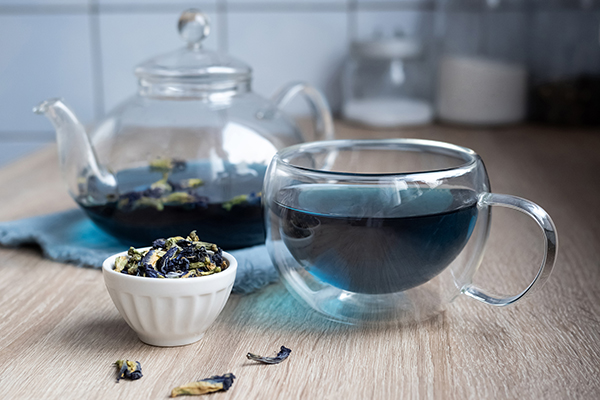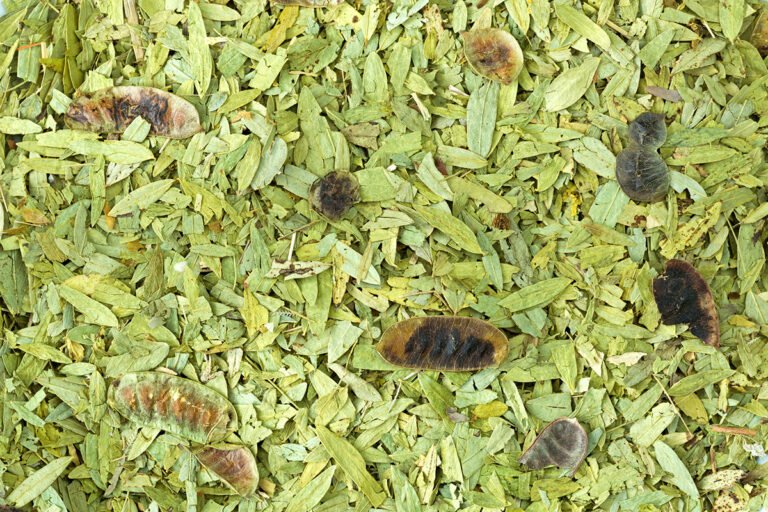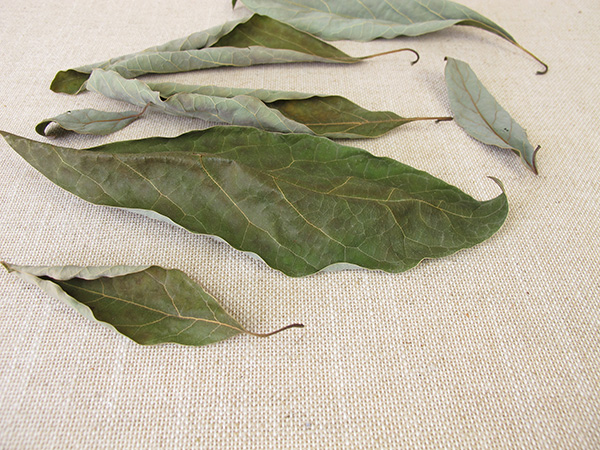Ube vs. Taro: What’s the Difference?
Ube and taro are two ingredients that have gained popularity in recent years, particularly in the world of desserts and beverages. Both are known for their vibrant purple hue and distinctive taste.
While they might seem similar at first glance, there are key differences between the two.
In this article, we will delve into the world of ube and taro, comparing their origins, flavors, uses, and nutritional benefits.
Origins and Botanical Differences
Ube
Ube, scientifically known as Dioscorea alata, is a species of yam native to Southeast Asia. Its bright purple flesh sets it apart from other yams and makes it an attractive ingredient in various dishes. Ube is primarily cultivated in the Philippines, where it is a staple in the local cuisine.

Taro
Taro, or Colocasia esculenta, is a root vegetable commonly found in Southeast Asia, Africa, and the Pacific Islands. With its brown, fibrous exterior and white or purple-tinged interior, taro is a versatile ingredient used in both sweet and savory dishes.
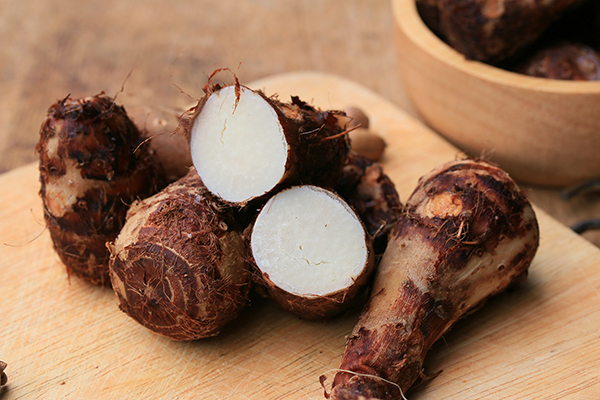
Flavor Profiles
The Taste of Ube
Ube has a mildly sweet taste, often described as a combination of vanilla and pistachio. Its flavor is subtle, making it a popular addition to desserts where it can enhance other ingredients without overpowering them.
The Taste of Taro
Taro has a more complex flavor profile than ube. Its taste is described as mildly sweet with a hint of nuttiness, similar to a cross between a sweet potato and a chestnut. When cooked, taro has a starchy and slightly creamy texture, making it ideal for use in both sweet and savory dishes.
Culinary Uses
Ube in the Kitchen
Ube’s unique color and taste make it a popular ingredient in various desserts. Some common ube-based treats include:
- Ube halaya: A Filipino dessert made from mashed ube, condensed milk, and butter
- Ube ice cream: A creamy, purple-hued ice cream featuring the subtle flavor of ube
- Ube cake: A moist, vibrantly colored cake made with ube puree
Ube can also be used as a natural food coloring, adding a pop of color to various dishes.
Taro in the Kitchen
Taro’s versatility lends itself to a wide range of dishes, both sweet and savory. Some popular taro-based dishes include:
- Poi: A Hawaiian dish made from mashed, fermented taro
- Taro chips: Thinly sliced and fried taro, a popular alternative to potato chips
- Taro milk tea: Taro milk tea is a creamy, sweet beverage made from taro powder or taro root
It’s worth noting that both taro and ube are sometimes used in taro milk tea, although the traditional recipe calls for taro.
Nutritional Benefits
Ube’s Nutritional Profile
Ube is rich in vitamins and minerals, particularly vitamin C, potassium, and vitamin A. It is also a good source of dietary fiber and contains antioxidants, specifically anthocyanins, which give it its vibrant purple color.
Taro’s Nutritional Profile
Taro is also a nutrient-dense food, boasting high levels of vitamin C, potassium, and dietary fiber. Additionally, it contains vitamin E, vitamin B6, and magnesium. Its high fiber content makes it a filling and healthy option for those looking to add more fiber to their diet.
Safety Considerations
Proper Preparation of Taro
It is essential to cook taro properly before consuming it, as it contains calcium oxalate crystals, which can cause irritation and discomfort in the mouth and throat if ingested raw. Boiling, baking, or frying taro breaks down these crystals, rendering the vegetable safe to eat.
Allergy Concerns
While allergies to ube and taro are relatively rare, it is essential to be aware of any potential sensitivities. Those who are allergic to latex, for example, may also have cross-reactivity to taro. If you suspect you have an allergy to either ube or taro, consult with a medical professional before consuming them.
Environmental Impact
Ube Cultivation
Ube is primarily cultivated in the Philippines, where it is an important part of local agriculture. The plant is relatively low-maintenance, requiring minimal water and fertilizers. This makes ube an environmentally friendly crop with a smaller carbon footprint compared to other staple crops.
Taro Cultivation
Taro is cultivated in various regions worldwide, including Southeast Asia, Africa, and the Pacific Islands. It is often grown in flooded fields or wetlands, requiring large amounts of water. This water-intensive cultivation method can contribute to the depletion of local water resources, particularly in areas experiencing water scarcity.
Conclusion
Ube and taro are distinct ingredients with unique flavors, culinary uses, and nutritional benefits. Ube is a popular choice for desserts due to its vibrant color and subtly sweet taste, while taro’s versatility makes it suitable for both sweet and savory dishes.
Both offer essential nutrients, but it’s important to prepare taro correctly to avoid irritation.
While ube has a lower environmental impact, taro’s water-intensive cultivation can contribute to water scarcity.
Despite their differences, both ube and taro provide exciting and flavorful options for chefs and home cooks alike.

